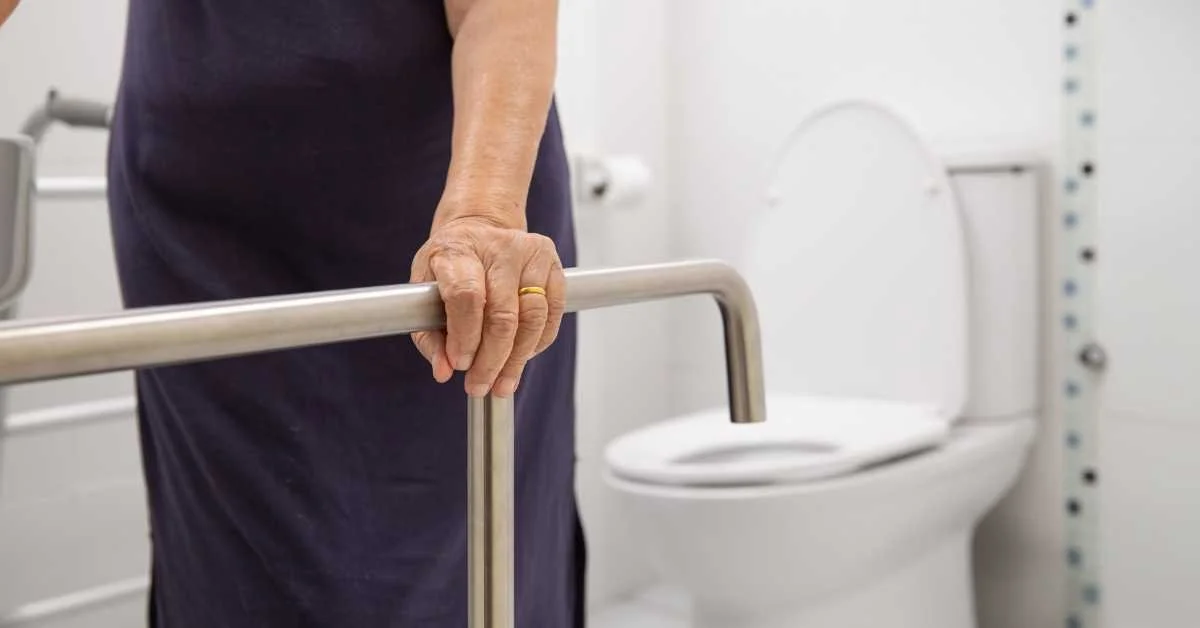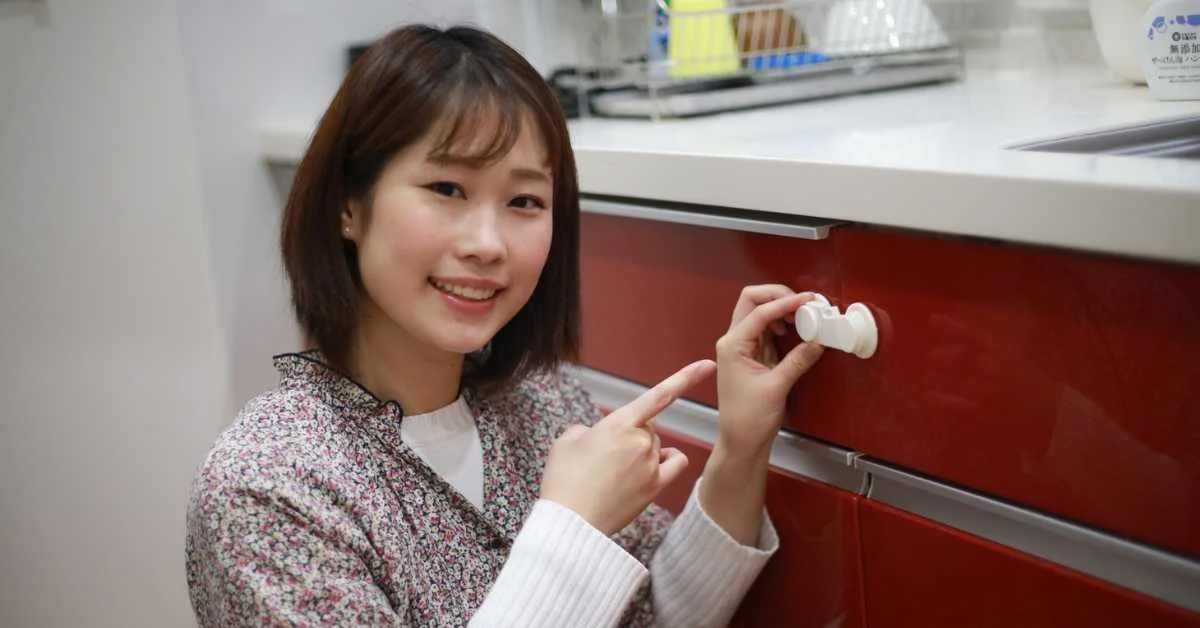Home Safety Audits Ensuring a Secure Environment for Elderly Loved Ones
As Singapore’s population ages, ensuring a safe home is critical for seniors and their families. Around 60% of falls among older adults occur at home, so simple changes can make a big differencecgh.com.sg. In fact, about one-third of Singaporeans aged 60+ experience multiple falls. These falls can lead to serious injuries – hip fractures are common and can force older adults into dependence or even lead to death. Even when physical injuries are minor, the fear of falling can cause anxiety, isolation and reduced mobility, eroding an elder’s confidence and quality of life. By proactively “fall-proofing” the home, families can help seniors stay independent longer and ease caregiver stress.
Why Home Safety Matters for the Elderly
Falls are a leading cause of injury and injury-related deaths among Singapore’s seniors. As a result of osteoporosis and frailty, an older person who falls may suffer fractures (often the hip) or head injuries that impair independence. Studies show about 40% of injury-related deaths in older adults are due to falls. Many of these accidents happen at home: cluttered floors, poor lighting, loose rugs, stray cables and slippery bathroom floors are all known hazards for seniors. (In one local report, therapists observed that “clutter, poor lighting, loose mats and cables, as well as slippery floors” make it too easy for elders to trip)
Beyond physical harm, falls can undermine confidence and independence. For example, research cited by Singapore experts notes that after a hip fracture only about 25% of older adults make a full recovery, while many become wheelchair- or nursing-home–bound. And even a minor tumble can leave an elder afraid to move, leading to anxiety or social withdrawal. In short, a safe home environment not only reduces the risk of injury, but also helps preserve seniors’ mobility, dignity and overall well-being.
How to Conduct a Basic Home Safety Audit
Performing a walk-through safety audit – ideally with your elderly loved one – is the first step to identifying risks. Go room by room and ask: “What could make Dad or Mom trip or slip here?” Pay attention to floors, lighting, furniture and fixtures. Below is a simple checklist to help guide the process:
Entryways and Hallways: Ensure paths are clear of clutter (shoes, bags, boxes) and wires are taped against the wall. Install a sturdy handrail if there are steps or a high threshold. Add bright overhead lights or a motion-sensor light by the door for evening entry. Secure welcome mats with non-slip tape or remove them to avoid slip/falls.
Living Room & Common Areas: Arrange furniture to create wide, obstacle-free walkways. Remove loose rugs or secure them with non-slip materials. Coil and tape down electrical cords. Check that high-gloss floors aren’t slippery – use rugs with rubber backing. Use nightlights or plug-in LEDs in hallways and staircases to improve visibility.
Kitchen: Store frequently used items within easy reach to avoid stools or bending. Keep spills wiped immediately. Apply non-slip mats near the sink and stove. Ensure the stove’s knobs and handles aren’t hot or hard to use. Install under-cabinet lighting or brighter bulbs so counter spaces are well-lit.
Bedroom: Keep a clear path from the bed to the bathroom. Use a night light or bedside lamp that’s easy to reach. Make sure the bed height is comfortable for standing up. Remove small area rugs, or secure them firmly. If needed, consider a bed rail for support when getting in and out of bed.
Bathroom: This is a high-risk area. Place a non-slip mat inside and outside the shower or tub. Ensure grab bars or handrails are within reach of the toilet and shower. Install a nightlight or motion-sensor light for middle-of-the-night trips. Keep the floor dry; immediately mop up any water spills. If the toilet seat is very low, look into a raised toilet seat or commode chair for easier sitting and standing.
Staircases: Make sure handrails are secure on both sides. Steps should have high-contrast edges. Remove clutter from stairs (even small objects can cause a fall). Check that stair lighting is bright, with switches at top and bottom. If stairs are risky (e.g. for someone using a walker), consider installing a stairlift or ramp.
Taking time to inspect each room can uncover hidden dangers. Simple fixes like taping down a cord or adding a brighter bulb can often be done immediately. For a thorough guide, Singapore’s Changi General Hospital offers detailed home-safety checklists (for example, remove loose rugs and tape cords to wallscgh.com.sg).
Common Hazards to Look Out For
During your audit, watch for these frequent hazards that can trip up seniors:
Loose Rugs or Mats: Roll, fold or secure any floor mats. Loose rugs easily catch feet.
Clutter on Floors: Shoes, books, newspapers, pet bowls and other objects on walkways are a tripping danger. Keep floors swept and free of obstacles.
Poor Lighting: Dark corners, high thresholds or unlit hallways can hide hazards. Check that light switches are reachable and hallways/bathrooms have nightlights or motion-activated bulbs.
Wet or Slippery Surfaces: Bathroom and kitchen floors can become slick. Install non-slip strips or mats and mop spills quickly to prevent falls.
Stairs Without Rails: Missing or loose handrails on staircases force seniors to balance unaided. Ensure every stair has a sturdy rail on at least one side (ideally both).
Sharp Corners and Edges: Coffee tables or counters with sharp edges can cause injury if someone stumbles into them. Install corner guards or pad furniture edges in tight areas.
High Thresholds and Uneven Steps: Transitions between rooms (e.g. bathroom doorway, patio step) should be as flush as possible, or highlighted with markings.
Unstable Furniture: Check that walking aids, chairs, tables and bookcases are steady. A wobbly chair or unsecured bookshelf can cause an accident.
Loose Cables and Wires: Phone, lamp or TV cables trailing across the floor are prime trip hazards. Use cord clips or channels to keep wires against the wall.
Keeping an eye out for these hazards – and fixing or removing them – is an important part of any home safety audit.
Recommended Fixes and Modifications
Once hazards are identified, there are many ways to make the home safer. Medical and home-helpers equipment can make everyday tasks easier for seniors. Common modifications include:
Grab Bars and Railings: Install grab bars near toilets, in showers and along stairways. Having solid bars to hold onto helps elders steady themselves. Stairways should have handrails on both sides.
Non-Slip Flooring: Add non-slip coatings or mats in bathrooms and kitchens. HDB’s EASE program, for example, provides slip-resistant floor treatments in up to two bathrooms. Avoid shiny tiles that become slippery when wet.
Raised Toilet Seats: A toilet seat riser (often with handles) can reduce the knee bending required. This eases sitting down and standing up for those with knee or hip issues.
Ramps: For any small steps (e.g. front door, back porch, or large threshold), install a ramp or slope to avoid having to step up/down. EASE allows up to five indoor ramps if feasible.
Seating in Shower: A shower chair or bench lets seniors bathe seated, minimizing the fall risk.
Improved Lighting: Replace dim bulbs with brighter LEDs. Put nightlights in hallways and bathrooms. Consider motion-sensor lights for stairs or exterior paths.
Floor and Rug Safety: Secure any remaining rugs with double-sided tape or remove them. Use non-slip backing tape as needed. Avoid area rugs in high-traffic zones unless anchored.
Furniture Adjustments: Lower bed or sofa heights to a comfortable level. Use bed rails or bedside grab bars if needed. Arrange furniture so there is ample walking space.
Other Aids: Shoe grips, Velcro-fastening slippers, and long-handled reachers for picking up items can all help reduce bending or tripping.
Many of these solutions are low-cost or even DIY (for example, applying adhesive anti-slip strips). Some fixes may qualify for government subsidies (see next section). The key is to tailor modifications to your loved one’s needs – for instance, a walker user might need floor rails, while someone with poor vision needs brighter lights and high-contrast markings.
Importantly, research shows that home modifications can significantly reduce falls. A recent review found that thorough, targeted home hazard interventions led to a measurable drop in fall risk among older adults. In practice, even simple fixes like adding a grab bar or brighter bulb can provide peace of mind and real safety benefits.
Singapore Government Support Schemes
Families in Singapore have several support schemes to offset the cost of safety upgrades and care:
HDB’s EASE Programme: The Enhancement for Active Seniors (EASE) program subsidises home modifications for elderly flats. Under EASE (via HDB’s Home Improvement Programme or direct application), seniors can install safety features like grab bars, slip-resistant floor tiles in bathrooms, anti-slip tapes and ramps at highly subsidised rates. From April 2024, EASE 2.0 will cover even more items (e.g. shower chairs and bedside rails) to help seniors age in place.
AIC Home Caregiving Grant: The Agency for Integrated Care (AIC) offers the Home Caregiving Grant (HCG) – cash payouts of $250 or $400 per month – to families caring for a moderate-to-high dependency senior at home. This grant isn’t specific to home modifications, but it helps with expenses of daily care (freeing up budget for safety items).
AIC Seniors’ Mobility & Enabling Fund (SMF): SMF provides subsidies for seniors who need mobility aids or home healthcare devices. Eligible Singaporean seniors can get subsidised walking aids, wheelchairs, commodes, pressure cushions, spectacles/hearing aids, etc. under SMF. SMF also covers consumables (e.g. catheters, adult diapers) for seniors receiving home healthcare. In Budget 2025, the Government announced enhancements to SMF to widen eligibility, making it easier to get support for aging-in-place.
Community Health Assist Scheme (CHAS): While not specifically for home modifications, CHAS helps low-to-middle income seniors afford medical care. All Singaporean seniors can receive subsidies at participating clinics and dental clinics. This means fall-related doctor visits, allied health (like physio) and home visit services can cost much less for CHAS cardholders. (Note that CHAS requires registration and income criteria.)
Silver Support Scheme: For extra context, there is also a quarterly cash payout under the Silver Support Scheme for seniors with lower lifelong incomes. While not tied to safety, it can help families with overall expenses.
Each scheme has eligibility rules (e.g. Singaporean citizenship, income ceiling, etc.). For EASE, you typically need a flat owner with a senior living at home. For SMF, you apply through AIC (often via a doctor’s referral). You can find more details on the respective government websites (e.g. AIC and HDB). In practice, many families combine schemes: for example, applying EASE during their block’s Home Improvement Programme, and using SMF subsidies for any additional equipment like shower chairs. Do contact HDB, AIC or Silver Generation Office for personalized advice on grants.
When to Seek Professional Help
Some homes may have complex needs, or seniors with special risks (e.g. frailty, vision problems, or dementia). In those cases, a professional home safety assessment can be invaluable. Geriatric specialists, nurses or physiotherapists can perform a systematic review of the home environment, tailored to your loved one’s health and abilities. For example, physiotherapists can conduct a home review to spot hazards like clutter, slippery areas or poor furniture setup, and then recommend individualized fixes.
Research backs this up: a systematic review found that comprehensive home modifications led to significant reductions in fall incidence among older adults. That means enlisting professionals (like those at Alami Clinic) can pay off in fewer falls and injuries down the road.
At Alami Clinic, we offer in-home assessments and care services designed for seniors. Our trained team (including geriatric nurses, physiotherapists and doctors) can visit your home to audit safety, advise on modifications, and coordinate support. We can also train family caregivers on safe transfer techniques, prescribe mobility aids (like walkers or grab bars), and guide exercise programs to improve strength and balance. If your parent or grandparent has already fallen, our physiotherapy and fall-prevention programs can help them regain confidence and mobility. In short, when the home environment or health needs become overwhelming, professional help ensures no risk is overlooked.
Even if you prefer to tackle minor fixes yourself, consider consulting an expert at least once. A professional eye may catch hidden risks (such as medication side effects or early balance problems) that simple walk-throughs might miss. Our goal is to support your family in creating a truly safe, age-friendly home.
Proactively checking and “childproofing” a senior’s home can give families peace of mind and greatly reduce caregiver stress. By identifying hazards early and making the right modifications, you can protect your loved ones from preventable accidents. With the combination of simple home fixes, government support, and professional guidance, Singaporean families have many tools at hand to keep elders safe at home. At Alami Clinic, we are committed to helping your family through this process—feel free to reach out to us for personalized home assessments and senior-care services. Together, we can ensure our elderly loved ones enjoy a secure, independent, and high-quality life in the comfort of home.




